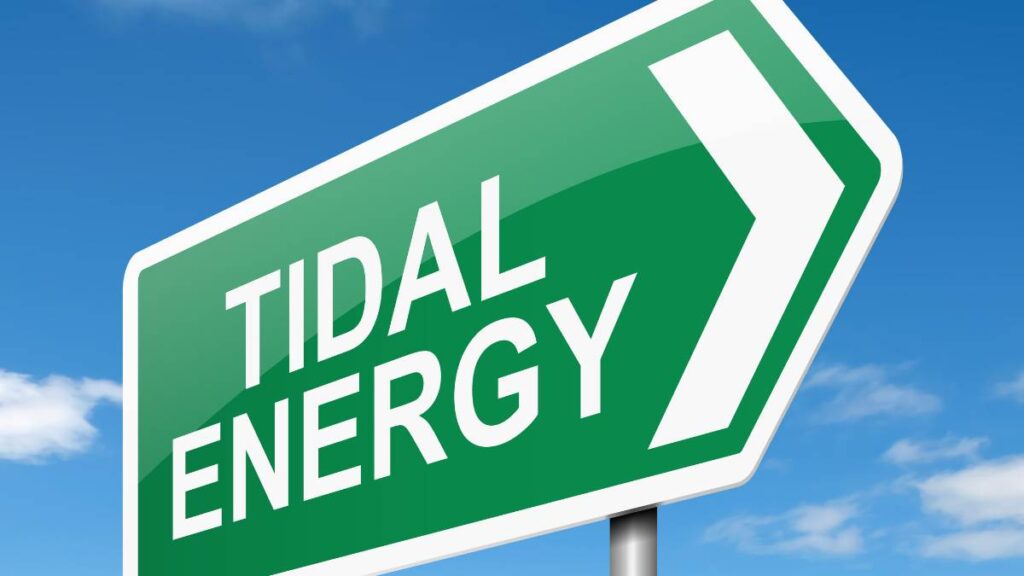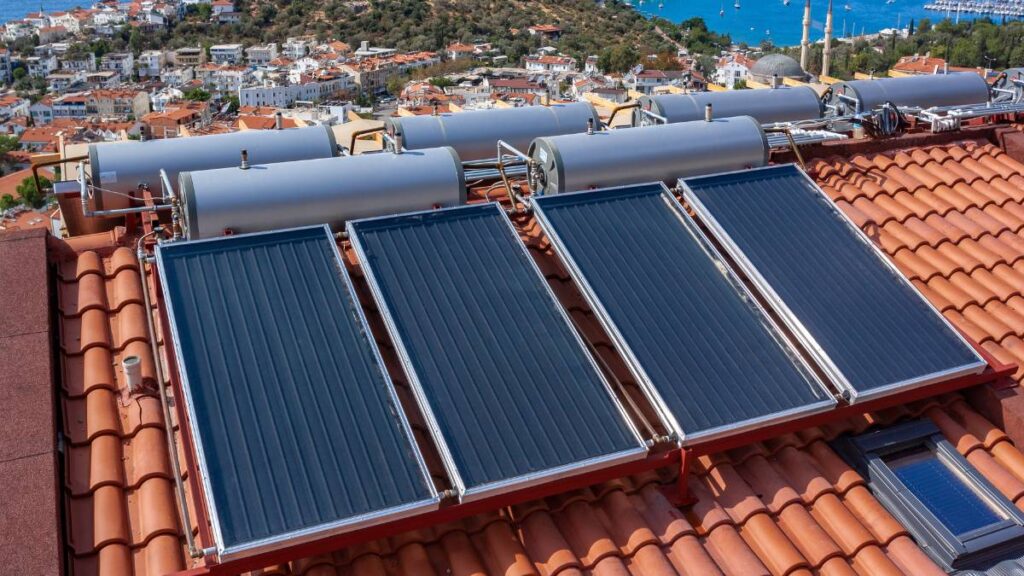Imagine the immense power of the ocean’s tides, capable of producing bulges as high as a two-story building. Tidal energy stands as a testament to harnessing this colossal force, offering a sustainable solution to our growing energy needs. This form of renewable energy captures the power of ocean tides, promising a predictable and substantial source of clean electricity, albeit with challenges that necessitate innovative solutions and strategic planning.
The history of tidal energy usage dates back to the 11th century when tide mills were used in Europe to grind grain. However, it wasn’t until the 20th century that the first large-scale tidal power plant, the Rance Tidal Power Station in France, was built in 1966. Since then, the potential of tidal energy as a renewable energy source has gained attention and investment worldwide.
Understanding the Tides
Tides are primarily driven by the gravitational forces exerted by the moon and sun, causing the Earth’s oceans to swell and recede in a rhythmic cycle. The potential for tidal energy hinges on the tidal range—the difference between high and low tides—with larger ranges offering greater energy potential. This dynamic interplay of celestial and oceanic forces sets the stage for tidal energy’s unique reliability and power.
Turning the Tide: Capturing Tidal Energy
Tidal energy is harnessed through various technologies:
- Tidal Turbines: Functioning like underwater windmills, these turbines convert the kinetic energy of tidal currents into electricity.
- Tidal Barrages: Acting as dams, they capture potential energy from the height difference in tides, using it to generate power.
- Tidal Kites: These are tethered to the seabed and flown in tidal currents, capturing energy through their movement.
Advantages of Tidal Energy
Tidal energy boasts several compelling advantages:
- Predictability: The regularity of tides ensures a consistent and reliable energy source, unlike the more variable wind or solar power.
- High Energy Density: Tidal energy can produce significant power within a small spatial footprint, ideal for densely populated coastal areas.
- Environmental Harmony: With minimal visual impact and potential for ecosystem integration, tidal installations can coexist with marine life, often enhancing local habitats.
Challenges and Considerations
Despite its promise, tidal energy faces hurdles:
- Economic Factors: High capital costs for technology development and deployment pose significant challenges.
- Geographical Limitations: Suitable locations for tidal power are limited, requiring strong tidal flows and appropriate seabed conditions.
- Environmental Impact: Understanding and mitigating the effects on marine ecosystems are crucial for sustainable development.
Advancements in Tidal Energy
Innovation is key to overcoming these obstacles:
- Technological Progress: Research aims to enhance the efficiency and cost-effectiveness of tidal energy converters.
- Material Advancements: Developing materials that withstand corrosive saltwater environments helps improve durability and longevity.
- Environmental Stewardship: Ongoing studies focus on minimizing tidal energy’s ecological footprint, ensuring compatibility with marine habitats.
Case Studies of Tidal Energy Projects
Several successful tidal energy projects have been implemented around the world, providing valuable insights and lessons for future initiatives. For example, the Annapolis Royal Generating Station in Nova Scotia, Canada, is the largest tidal power station in North America and has been operational since 1984. The station harnesses the powerful tides of the Bay of Fundy to generate clean electricity for the local grid.
The Future of Tidal Energy
Notable projects like the Sihwa Lake Tidal Power Station in South Korea exemplify tidal energy’s potential. Globally, tidal energy could significantly contribute to the renewable energy mix, supported by favorable policies and public advocacy.
Frequently Asked Questions on Tidal Energy
Tidal energy works by harnessing the kinetic and potential energy of ocean tides. Tidal turbines, similar to underwater wind turbines, capture the energy of moving water during tidal flows. Tidal barrages use the difference in water levels between high and low tides to drive turbines and generate electricity. The movement and gravitational pull of the moon and sun on the Earth’s waters create these tidal forces.
Tidal energy is a form of hydropower that converts the energy obtained from tides into useful forms of power, mainly electricity. It is a renewable and sustainable energy source derived from the natural rise and fall of ocean levels due to the gravitational forces exerted by the moon and the sun.
Yes, tidal energy is available all year round. The predictable nature of tidal movements, governed by lunar and solar cycles, ensures a consistent and reliable source of energy. Unlike solar and wind energy, which can be affected by weather and seasonal changes, tidal energy provides a steady output regardless of time of year.
Tidal energy is considered a clean and environmentally friendly energy source because it does not emit greenhouse gases or pollutants during operation. However, like any energy infrastructure, the construction and operation of tidal power installations can have environmental impacts, such as potential effects on marine ecosystems and wildlife. These impacts are generally much lower compared to fossil fuel-based energy sources.
The initial cost of developing tidal energy infrastructure can be high due to the complexity of the technology and the harsh marine environment in which it operates. However, the operational and maintenance costs are relatively low once the infrastructure is in place. Over time, as technology advances and economies of scale are achieved, the cost of tidal energy is expected to decrease, making it more competitive with other forms of renewable energy.
Conclusion
Tidal energy, with its reliable and potent capabilities, represents a vital component of our renewable energy arsenal. While challenges remain, the steady advancement in technology and understanding of environmental interactions underscores its promise. Supporting tidal energy development is not just about generating power; it’s about investing in a sustainable and harmonious future. Will you join the tide of support for this clean energy wave?







